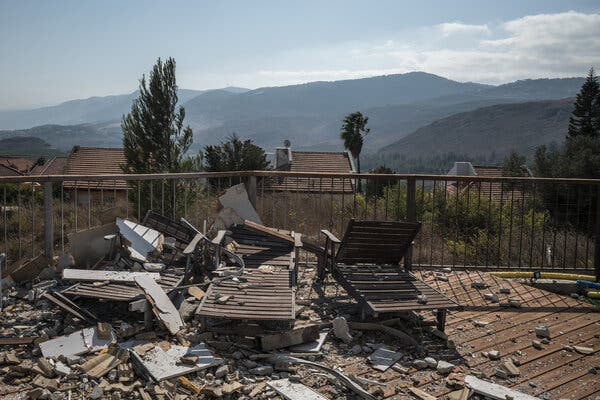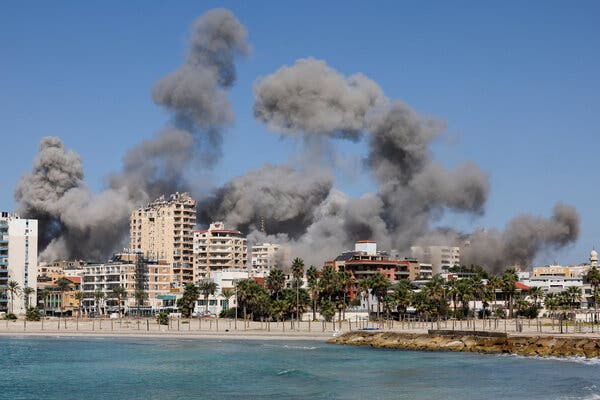For 22 years, Israeli forces have planned for this moment. But it seems unlikely that they will strike Iran’s nuclear facilities in the next round of retaliation, or that they would be successful without American help.

Two years ago, dozens of Israeli fighter jets roared over the Mediterranean Sea, simulating a strike on Iran’s nuclear facilities, a drill the Israeli defense forces openly advertised as an exercise in “long-range flight, aerial refueling and striking distant targets.”
The point of the exercise was not simply to intimidate the Iranians. It was also designed to send a message to the Biden administration: The Israeli air force was training to conduct the operation alone, even though chances of success would be far higher if the United States — with its arsenal of 30,000-pound “bunker busters” — joined in the attack.
In interviews, former and current senior Israeli officials acknowledged doubts about whether the country has the capability to do significant damage to Iran’s nuclear facilities. Nonetheless, for the past few days, Pentagon officials have been wondering quietly whether the Israelis are preparing to go it alone, after concluding that they may never again have a moment like this one.
President Biden has warned them against striking nuclear or energy sites, saying any response should be “proportionate” to the Iranian attack on Israel last week, essentially acknowledging that some counterstrike is appropriate. Defense Secretary Lloyd J. Austin III has been clear with his Israeli counterpart, Yoav Gallant, that the United States wanted Israel to avoid retaliatory steps that would result in new escalation by the Iranians. Mr. Gallant is scheduled to meet with Mr. Austin in Washington on Wednesday.
It is likely that Israel’s first retaliation against Iran for Tuesday’s missile strikes will focus on military bases, and perhaps some intelligence or leadership sites, officials say. At least initially, Israel seems unlikely to go after the country’s nuclear crown jewels. After considerable debate, those targets seem to have been reserved for later, if the Iranians escalate with counterstrikes of their own.
Nonetheless, there is a rising call inside Israel, echoed by some in the United States, to seize the moment — to set back, for years or more, an Iranian capability that American intelligence officials and outside experts increasingly say is at the threshold of producing a bomb. While much of the public discussion has focused on the fact that Iran could almost certainly ramp up enrichment to produce bomb-grade uranium in a matter of weeks, the more relevant fact is that it would take Iranian engineers months or maybe more than a year to fashion that fuel into a deliverable weapon.



